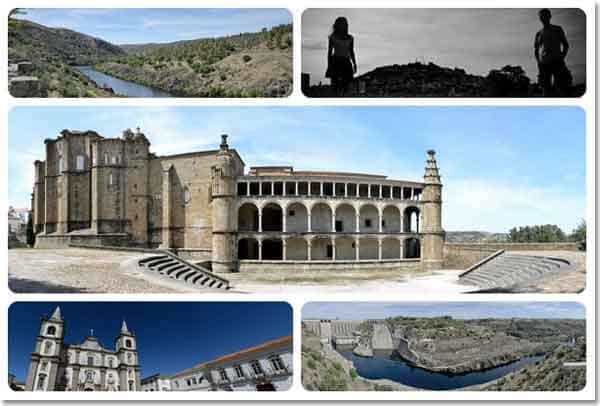There are certainly many applications on the market for creating photo collages, and of course, I haven’t tried them all to be able to say that PhotoScape is the best. But yes, I can give you three reasons why I recommend trying PhotoScape, and as I said, if you don’t like it, keep using the tool for general or specific purposes that you have already used for this task.
These three reasons are as follows:
- It is a completely free application
- It is very simple, as we will see below
- It has multiple templates you can choose from
First Steps PhotoScape
If I have managed to convince you to try it, the first thing you should do is follow these simple steps to install and launch the tool.
- Download it from here PhotoScape free download. Go to the “PhotoScape free download” option. The tool, as you can see, is compatible with Windows NT / 2000 / XP / Vista / 7 (if you have Windows 98, you will need to install an older version).
- Once downloaded, the installation begins.
- Open the application and you will see a screen with the different features offered by the tool.
- Select the “Page” option and you will access the option to generate a photo collage.
Through these steps, you will be able to start generating your composition. Did you get this far? Well, in the next section we will look at the possibilities offered by the tool.
PhotoScape tutorial – Creating our first collage
When we access the “Page” option, which is what allows us to make photo collages, we can see an interface divided into three sections.
- On the left is the file system, where we will have to access the images we want to include in the collage.
- The central section where the preview of the result we are obtaining is located.
- And finally, the right side where we will see how the distribution of images is defined, its size, margin, etc.
Once we have shown the layout of the interface, it is time to indicate the steps that should be followed to achieve what we are looking for.
- Selecting the size of the image we want to obtain, for this, we will have to click on the button to the right of the “Size” label.
- Choice of distribution model. As you can see, there is a large group of possibilities, choose the one you like best (considering the number of photographs you want to include).
- Go through the left area of the interface to the directory or directories where the images you want to include are located. Select and drag each of the images to the area where you want them to appear. As you can see in the screenshot above, you can resize and move each of the images to fit the result you are looking for.
- Once you have the foundation, the next step will be to put the finishing touches on, through a series of final adjustments. These are:
- Definition of the margin between photography and photography
- Definition of the degree of “roundness” of the corners of each photo
- Background color selection
- Ability to frame photos with special frames
- The last step, and undoubtedly the simplest, is, once satisfied with the result achieved, to save the generated image using the “Save” button.
You can choose from a large number of formats– jpeg, png, gif, bmp, and tif. And, in case you do it with a compressed format, like jpeg, you can define the desired compression range.
Go ahead try PhotoScape for free
As you can see, it’s free, simple, and you can get frankly interesting results. What else do you need to try it out? Courage! Try it! and tell us your experience. Or if you prefer, tell us which program you use for this type of activity and, incidentally, some tips or tricks when you use it.

